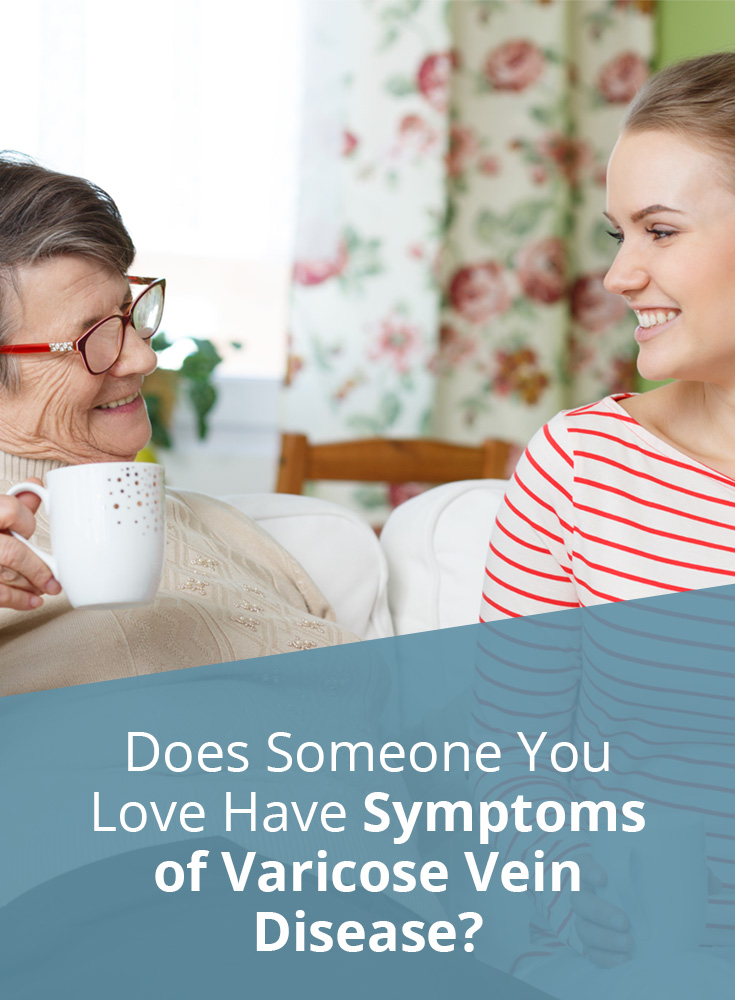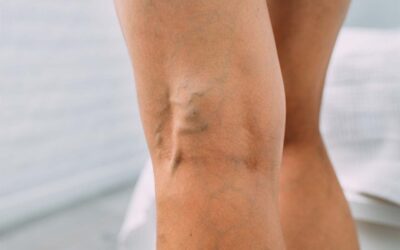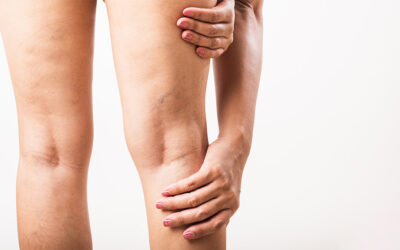One of the most common problems which can affect the legs and feet, particularly in older people, is varicose vein disease. As people age, their vein valves and walls which keep blood flowing towards the heart can weaken. The result is that blood begins to flow backward, causing veins to become swollen. It’s not fully understood why this weakening happens, though having a strong family history of the condition can be a common indicator, which suggests a propensity for vein deterioration could be inherited. Since venous diseases can cause pain and discomfort, early intervention is necessary.
Hindrances to seeking help
Various challenges can get in the way of older people getting the diagnosis they need. Some may not realise the pain, swelling, and other symptoms are caused by a treatable condition. Some seniors may be reluctant to admit that their mobility is declining and are now less able to get themselves to the medical help they need. Others may have lack of finances, or no family or health advocate to support and check in on them.
If someone you care about is experiencing symptoms that could be related to untreated varicose veins, you could play an important role in helping them to get some relief.
Be on the lookout for these symptoms
Some of the most common signs of varicose vein disease are the development of blue or dark purple veins bulging from the legs, ankles, and feet. Though these are often painless to begin with, the legs may begin to feel unusually heavy. Affected people may also complain of aching, throbbing, burning, swelling and muscle cramping in the lower leg. The discomfort can get worse when sitting or standing for long hours. The legs may also become inflamed, develop some red discolouration or even leg ulcers, usually situated near the ankle. These symptoms should not be downplayed because they can worsen the condition of the aging individual.
The importance of seeking treatment
Varicose vein disease is more than skin deep. Untreated varicose veins subject to sustained high pressure can cause inflammation, known as oedema, in the surrounding leg tissues. As a result, several complications can occur, including thrombophlebitis (clotting within the veins in your leg), or deep vein thrombosis (pain and swelling in the leg) which could be fatal if it leads to a pulmonary embolism. To prevent such threats, sudden swelling should be addressed urgently. An individual should not wait until the symptoms worsen before they seek medical attention for this. Instead, it is time to schedule a visit to the individual’s doctor as soon as you notice the first signs of varicose veins.
It is possible to develop eczema along the affected veins, which presents itself as inflamed, red and scaly skin. Other conditions caused by varicose vein disease can include a bacterial infection of the veins, such as phlebitis or cellulitis, while increased blood pressure in the feet can cause fluid build-up in the nearby tissues, which may result in leg ulcers and are usually preceded by discolouration on the skin. If you have any of these symptoms, you should get them checked by your GP.
How to get treated
Before visiting a vein health specialist, it is recommended that the older patient visit a general physician first. The medical record held by the GP can be useful in designing a treatment plan for the disease. A venous disease specialist also needs to know about any other condition the person may be managing or the medications they are on. The GP can also help with follow-up and case management of the varicose vein treatment. Coordination between the phlebologist and the GP is critical to the successful treatment of the elderly patient.
What treatments are available?
These days there are a range of state-of-the-art treatments available to patients, and many of them don’t involve surgery. Here’s a quick run-down on just some of the treatments available:
Vein Glue
A specially developed medical adhesive is injected into the problem vein which permanently seals off the vein. The vein then hardens, heals and is absorbed back into the body.
Ultrasound Guided Sclerotherapy (UGS)
This is where the vein is sealed off using a sclerosant solution, injected into the problem vein under ultrasound guidance. Working in a similar way to medical adhesive, the vein wall collapses and is sealed closed. The blood reroutes through nearby vessels, the vein dissolves and disappears as the body gradually absorbs it.
Endovenous Laser Ablation
Again, under ultrasound guidance, a laser fibre is inserted into the diseased vein, the laser is activated. The laser produces a reaction in the vein wall causing it to collapse and be sealed. Again, blood is rerouted through other veins and the problem vein heals and is absorbed into the body.
These days, most are walk-in, walk-out treatments which can be completed in under an hour. The days of invasive vein stripping surgeries with an overnight hospital stay are all but gone. Your phlebologist will be able to advise on the right treatment approach for your particular condition.
Prevention and management
It is impossible to completely prevent venous diseases, but activities that enhance circulation can help. Maintaining a physically active life through exercising is essential, and individuals should get into the habit of changing their standing and sitting positions as often as possible. Importantly, family and caregivers should watch out for the initial signs of varicose veins in their loved ones and respond to them as soon as possible.
Older people can encounter a number of challenges when it comes to seeking medical attention. It is important to watch out for the early symptoms of varicose vein disease, among others, so that you can seek treatment early enough. You should also help older persons engage in daily physical activities that enhance their circulation and consequently help prevent and manage varicose veins. If you suspect your elderly family member, friend or patient has varicose vein disease, the first step should be to visit a GP before going to a vein specialist, such as Vein Health Medical Clinic, for proper and effective treatment.
Key Takeaways
- Varicose veins refer to abnormal veins that no longer function properly. Left untreated, and especially with advancing age, they can lead to painful and mobility-limiting symptoms such as: venous eczema, oedema (swelling), hyperpigmentation, phlebitis and cellulitis, lipodermatosclerosis, leg ulcers, and thrombophlebitis.
- Care-givers, family, and friends can play an important role in helping older people get some relief for their symptoms, by supporting them to seek medical help.







